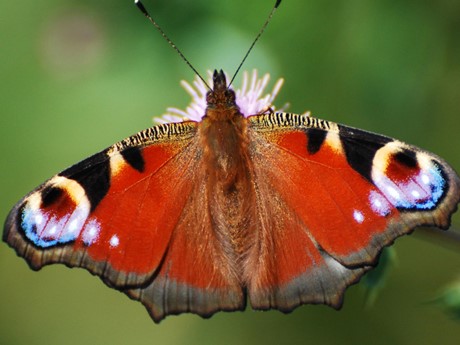Seasonal reports
Our seasonal reports are based on your records.
Can you remember what the weather was like this time last year and how plants and animal were responding? Did snowdrops flower earlier than usual last spring and did the trees hold onto their leaves for longer than usual in the autumn?
Our seasonal reports help to answer these questions.
Latest results

Autumn 2024 was warm, particularly December. Fruiting and leaf tinting were variable but ‘first leaf fall’ was consistently early.
Read our report below to find out more.
Previous results
-
2024
-
Spring 2024
2024 was a warm and wet spring, we had the warmest February on record since 1779 and the 6th wettest April on record since 1836. The consistently warm temperatures from January-May led to many species’ events being observed early.
-
-
2023
-
Autumn 2023
Autumn 2023 was generally warm and wet, with record-breaking temperatures in September and bumper crops of hawthorn haws and holly berries.
-
Spring 2023
2023 was a warm spring, with temperatures above average each month. Although not record breaking, the consistently high temperatures from January to June resulted in most spring events being early.
-
-
2022
-
Autumn 2022
The Nature's Calendar autumn 2022 recording season will be remembered for the record-breaking temperatures during the heatwave in July and bountiful yields of conkers and beech nuts later in the year.
-
Spring 2022
2022 will be remembered as an exceptional year for many reasons. Thinking back to spring, we had some record-breaking data from you with some events occurring earlier than ever before.
-
-
2020
-
Spring 2020
Your records show that 2020 was an early year in terms of spring’s seasonal changes. Similarly to during 2019, wildlife reacted to the warm weather in the first half of the year, and the vast majority of the Nature’s Calendar spring events were early compared to 2001*. Some occurred earlier than we’ve ever recorded before in this annual Nature’s Calendar analysis of spring phenology.
-
-
2019
-
Spring 2019
Your records show that 2019 was an early year in terms of spring’s seasonal changes. Wildlife reacted to the mild overall, but highly changeable, weather. When compared to 2001* all but one of the Nature’s Calendar spring events were early, many considerably so. Noticeably, unusual February weather resulted in a flurry of activity; insects and amphibians emerged, frogs and many birds began to breed and plants flourished.
-
